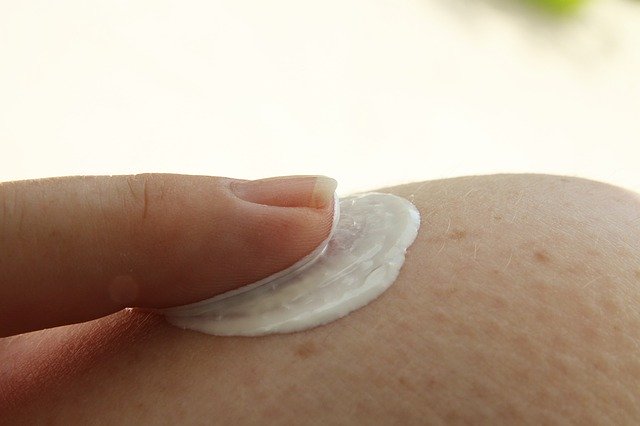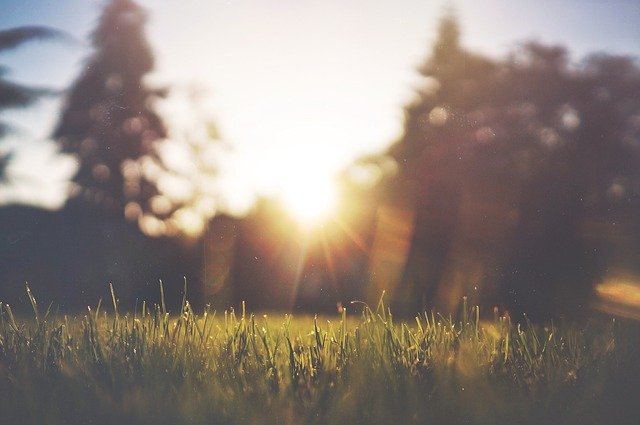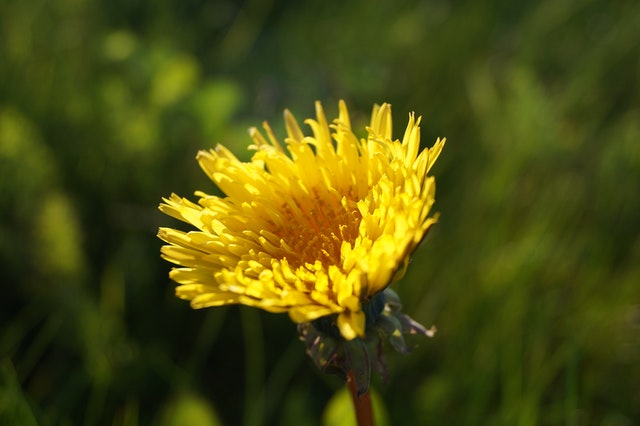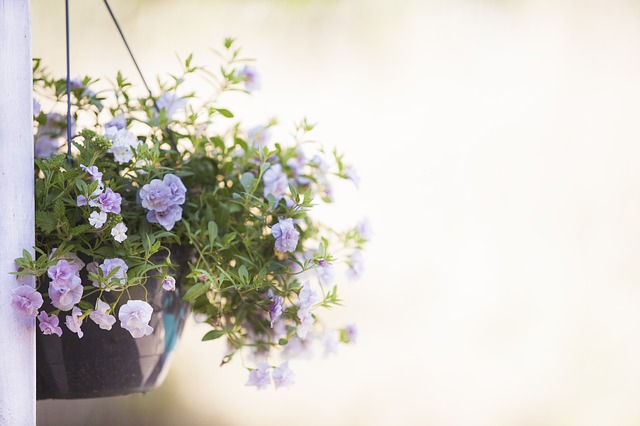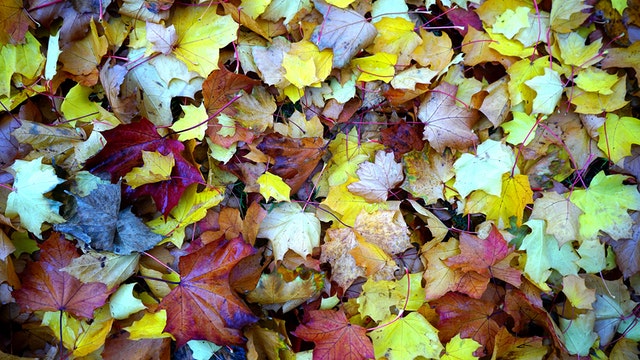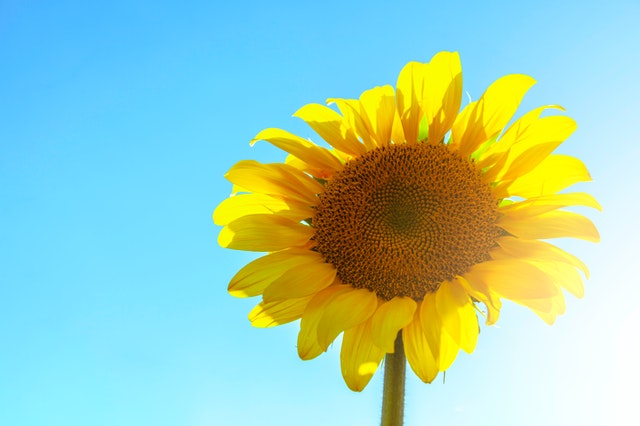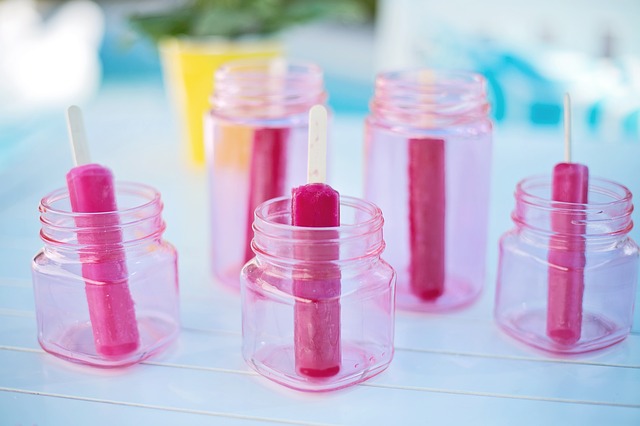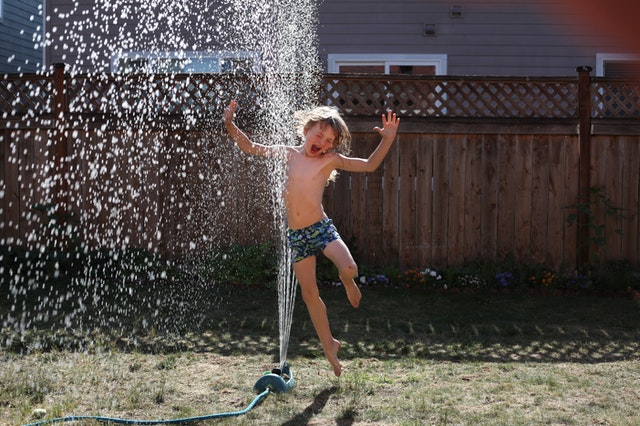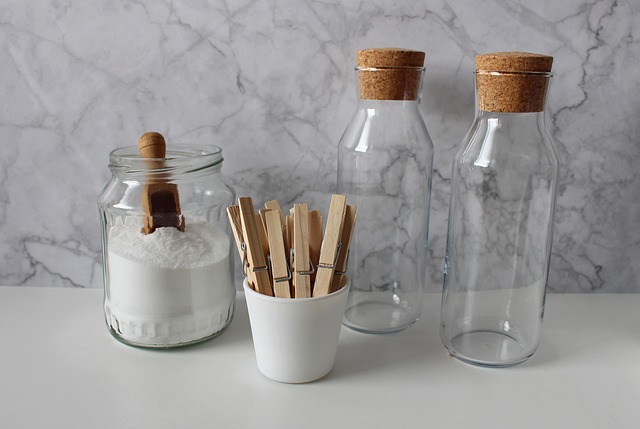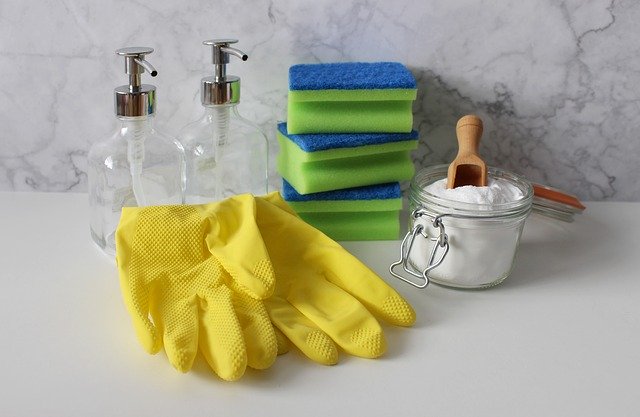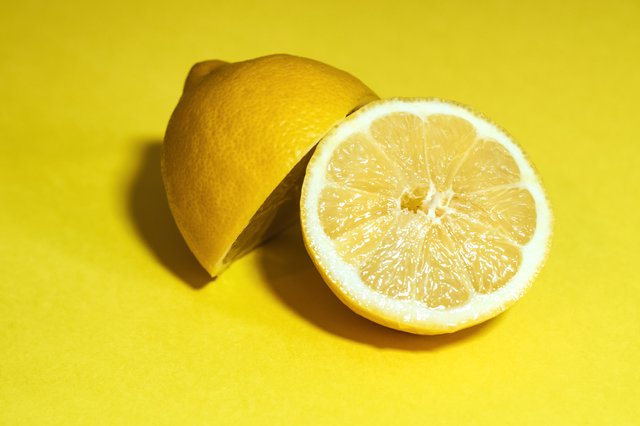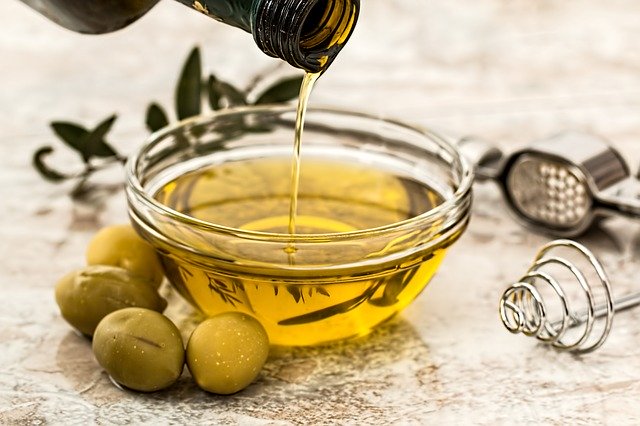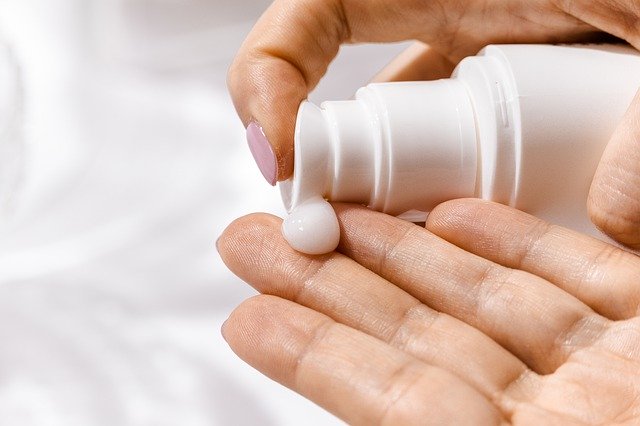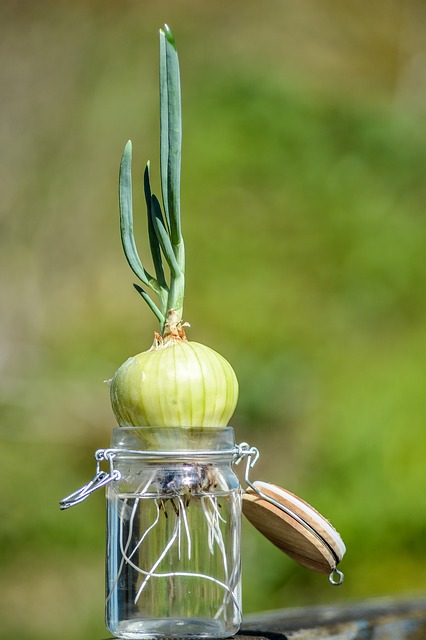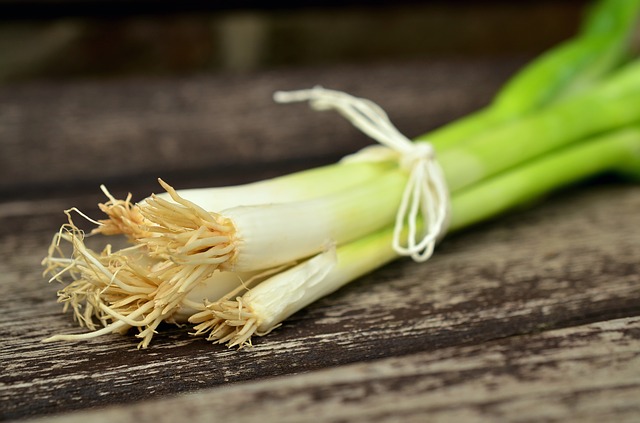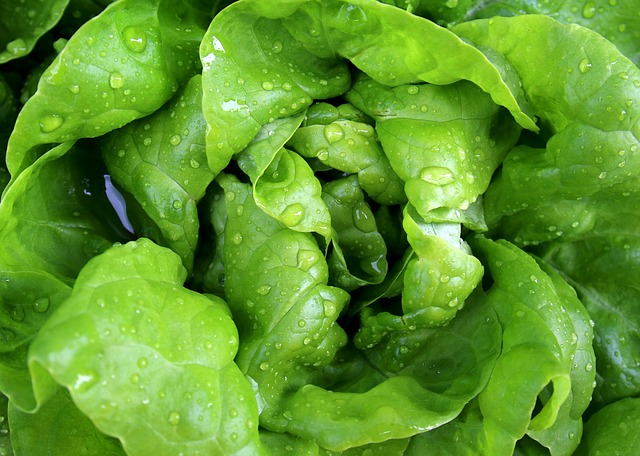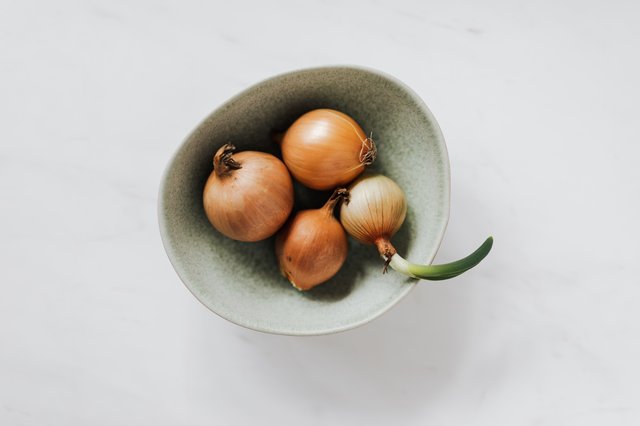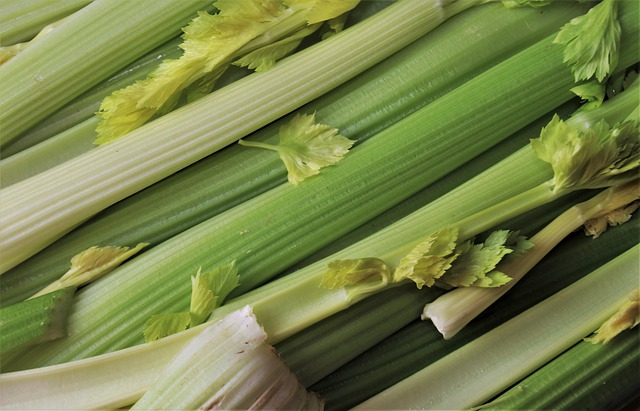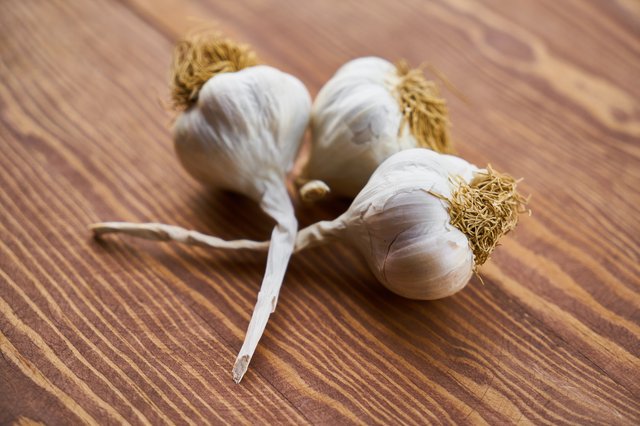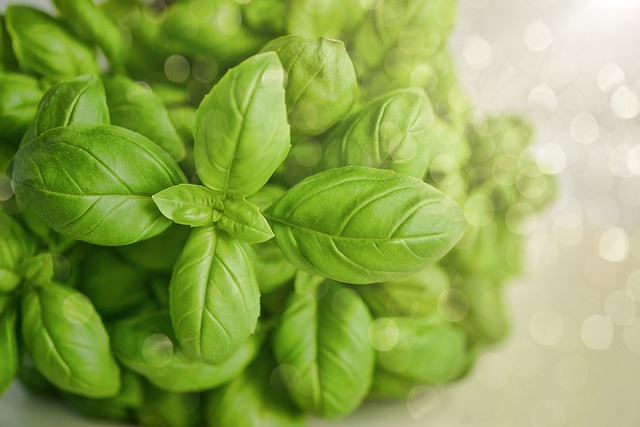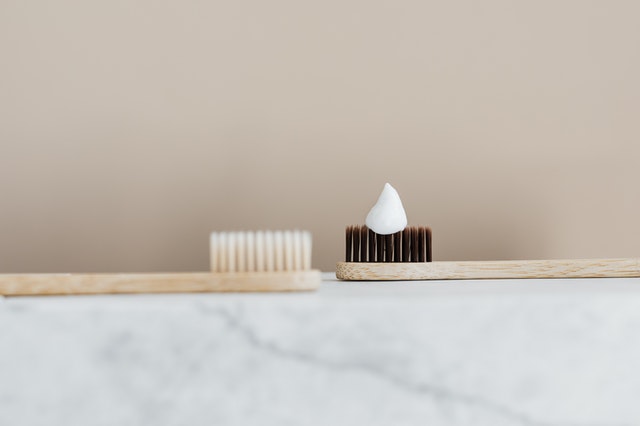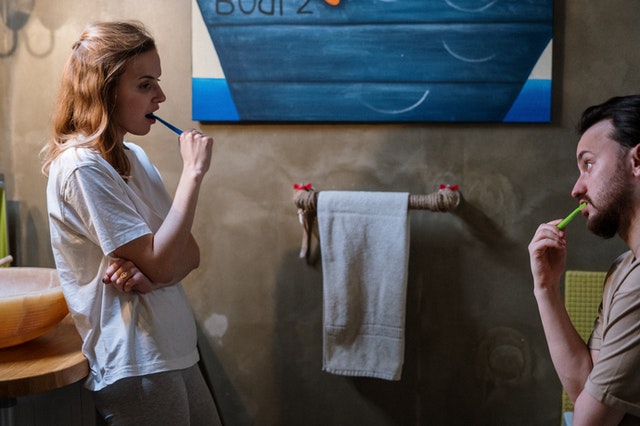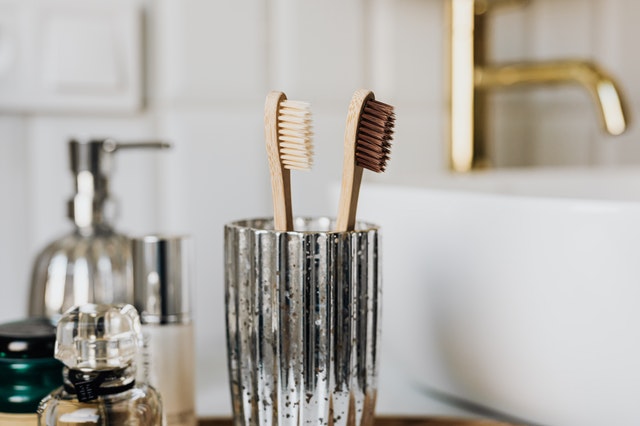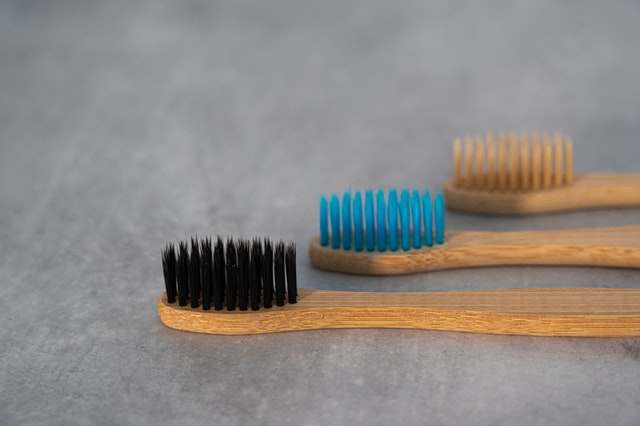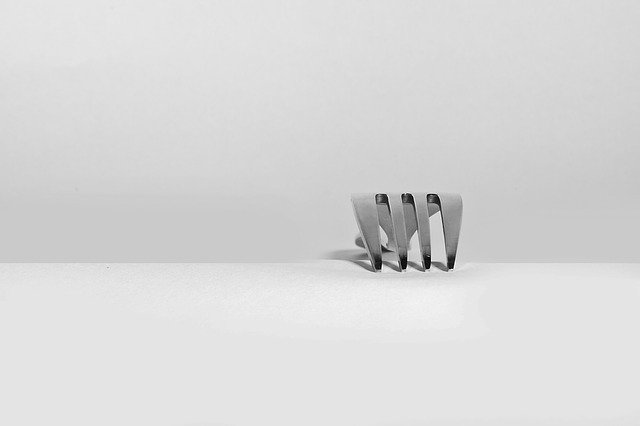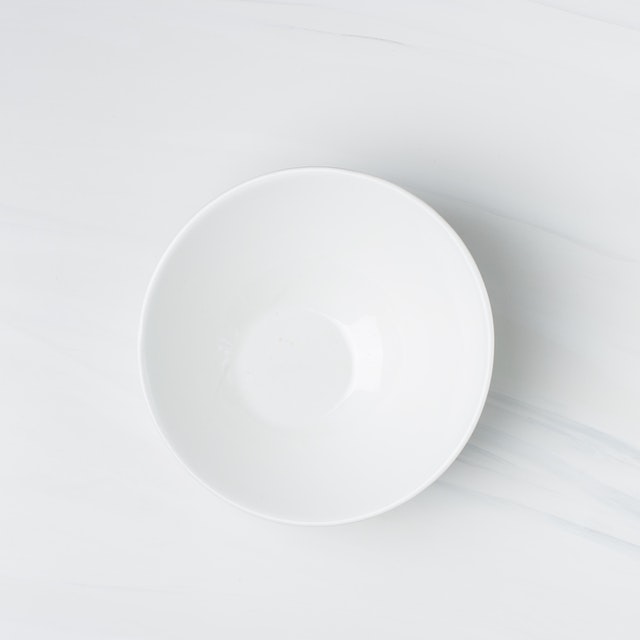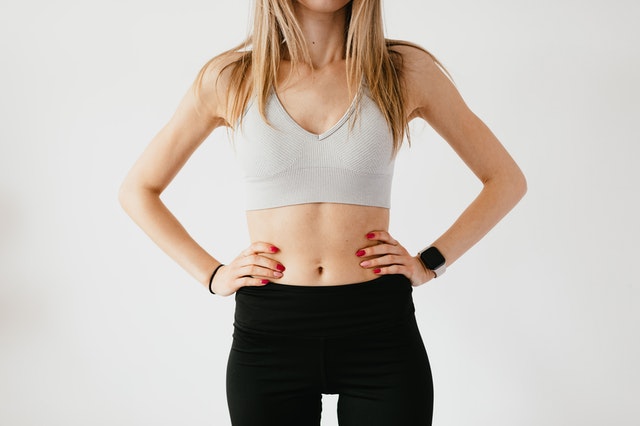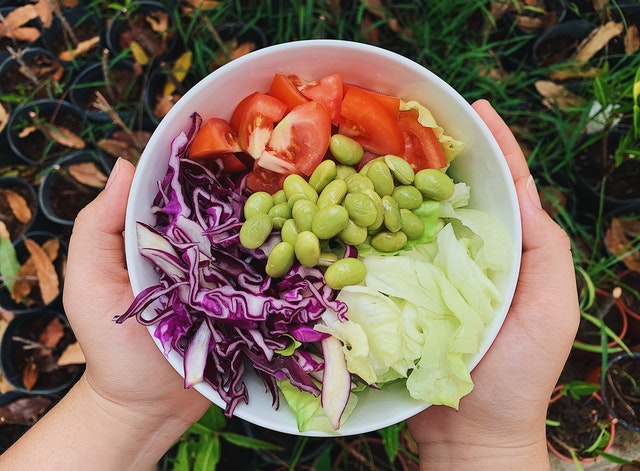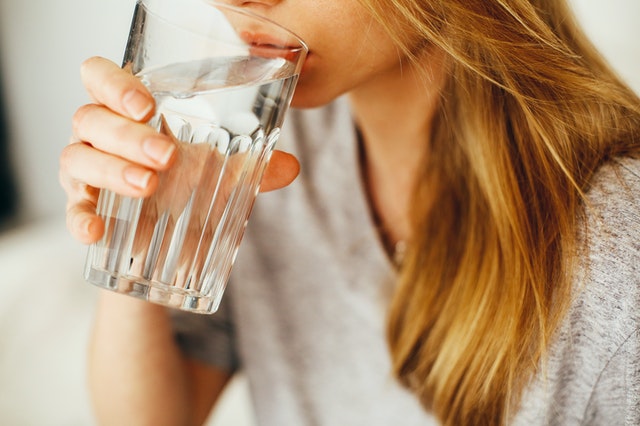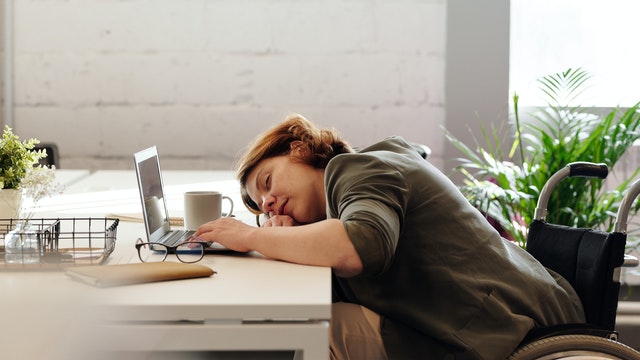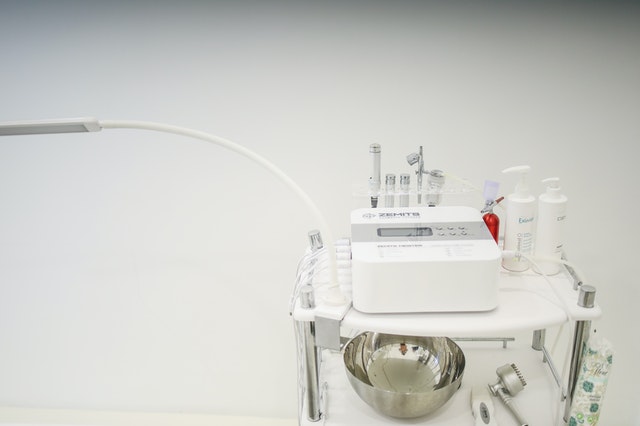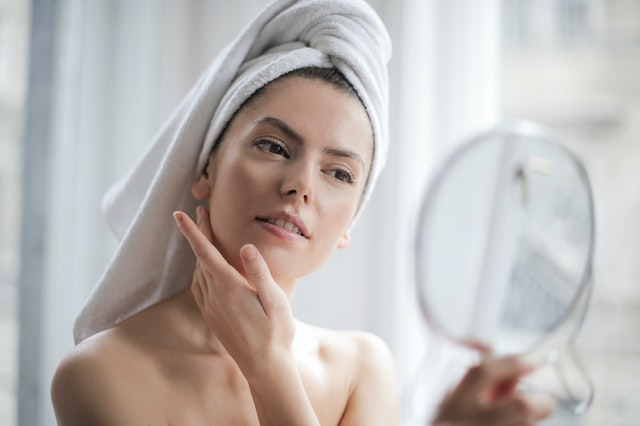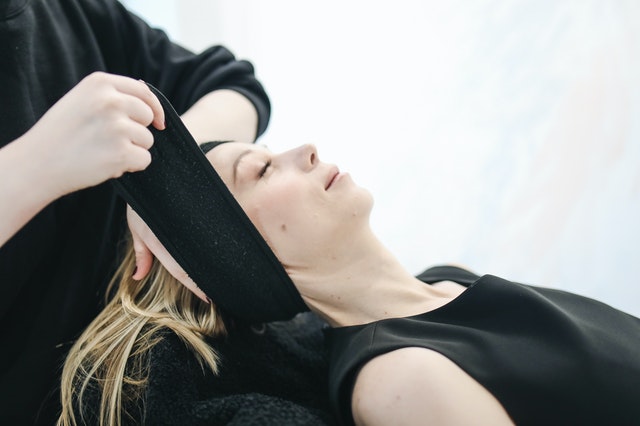You know sun protection is safe for your family, but you feel nervous about spraying sensitive skin with a cocktail of chemicals. How can you be sure that you choose a nontoxic sunscreen formula for your family? Here's the scoop about the labels to look for and ingredients to avoid when shopping for healthy, toxin-free SPF products.
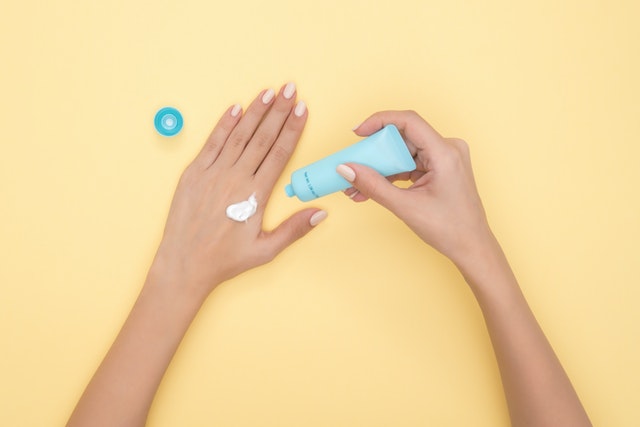
Understanding the GRASE Standard
The U.S. Food and Drug Administration allows sunscreen manufacturers to sell formulas containing GRASE ingredients. This acronym stands for "Generally Recognized As Safe and Effective." However, the GRASE standard is not sufficient for ingredients that could enter the body in levels above 0.5 nanograms per milliliter.
Earlier in 2020, the FDA announced that four common sunscreen ingredients formerly considered GRASE require additional study to confirm their safe use: ecamsule, octocrylene, oxybenzone and avobenzone. These chemicals work by absorbing UV rays before they can penetrate the skin.
While the FDA has not prohibited companies from using these chemicals in their sunscreens nor has it discouraged consumers from using formulas with these ingredients, you may want to use extra caution if you have concerns about exposure. The FDA has also recommended against the use of sunscreens that contain trolamine salicylate, which can cause bleeding, and para-aminobenzoic acid, which can lead to allergic reactions.
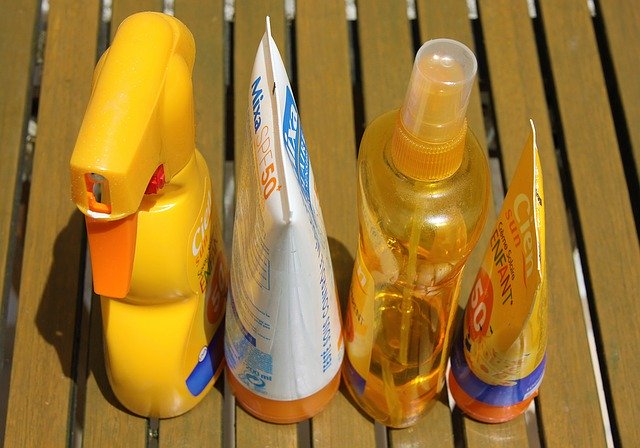
Reviewing the Research
A study published in the Journal of the American Medical Association looked at the effects of avobenzone, oxybenzone, octocrylene and three other common sunscreen chemicals: homosalate, octisalate and octinoxate. The research participants used dozens of formulas with these ingredients and reapplied as recommended by the manufacturer. Researchers took blood samples from the participants and found that the levels of these chemicals remained in the blood for three weeks longer than the safe threshold indicated by the FDA.
While we need more research to understand the effects of elevated blood levels of sunscreen ingredients, existing studies on oxybenzone correlate the chemical with decreased sperm function, low birth weight and impact on breast development. Octinoxate is associated with behavioral, thyroid and hormone changes in animal studies. Based on these studies, women who are pregnant or nursing may want to avoid these sunscreen ingredients.
Other ingredients in sunscreens, cosmetics and personal care products have also been associated with potentially adverse effects. For example, studies show that retinyl palmitate can accelerate growth of cancerous tumors. What's more, sunscreen chemicals can damage the ocean ecosystem and affect coral reefs.

Taking Steps to Safety
FDA recommendations about the continued use of these ingredients are forthcoming. In the meantime, choose sunscreen formulas with titanium dioxide or zinc oxide as the active ingredient. These minerals block UV rays without entering the bloodstream through the skin.
You should also look for sunscreen with broad-spectrum protection, which means it shields skin from both UVA and UVA rays, and an SPF, or sun protection factor, of at least 30. Don't make the mistake of using last year's leftover SPF. Sunscreen has an expiration date, after which it won't be as effective.
Most people don't use enough sunscreen to truly protect the skin from the sun. Use about enough to fill a shot glass, cover all exposed skin and reapply every two hours, or more often after swimming or sweating. Wear SPF even when it's cloudy outside; according to the Skin Cancer Foundation, 80% of UV rays can still reach you when the weather is overcast.
Remember that sunscreen is important, but it isn't the only way to protect you and your family from the sun. To limit your sunscreen exposure while avoiding harmful UV rays, stay indoors from 11 a.m. to 4 p.m. when the sun peaks. You can also choose clothing made from UV-protective fabric. A wide-brimmed hat and sunglasses provide additional protection.

